|
According to the Italian National Organisation of Cheese Specialists there are 643 different cheeses in Italy. Wikipedia puts the number in the United Kingdom at over 700. Counting cheeses could rival sheep for putting you to sleep. Yet talking about and eating cheese is spellbinding, and making it can be addictive. What strikes me about the list of Italian cheeses is how many of them are traditional cheeses that have been made and eaten for centuries, some even for millennia. Scanning the list from the UK, I see lots of newly invented cheeses, many of them excellent I know from firsthand experience, but they haven’t yet stood the test of time. There are many motives for inventing a new cheese: curiosity, marketing, ego, a mistake during production that turns out to taste good. Among the Italian cheesemakers I know, none of these factors influences them. They’re proud of their heritage and want to make the cheese their parents and grandparents made as well as they can. It’s as if they have a Platonic ideal of, say, pecorino which they’re aiming at. And they sell it as ‘pecorino’. If they package it, the label will give the name and address of the dairy, but the cheese itself is ‘pecorino’. Why are there so many traditional cheeses? Geography and history account for much of the diversity. But I suspect so does that endemic Italian characteristic campanilismo, the conviction that everything within sight and sound of your own bell tower is best. You might occasionally eat cheese from elsewhere, but with a very few exceptions, you certainly don’t set up a dairy to produce it, and even less to give birth to your own invention. Very few people outside Italy realise we have this huge variety of cheeses most of which are produced only in a limited area. For example, Gorgonzola is produced only in parts of Lombardy and Piedmont in northern Italy. Parmigiano is made only in part of Emilia-Romagna. Mozzarella is produced only in southern Italy. The expert Gorgonzola producers have never made mozzarella, and vice versa. Sometimes I get a request for a cheese course including all four of these cheeses, and I have to say no. My courses are taught by cheesemakers who have been making their kind of cheese all their lives. To get to these experts we would spend all our time travelling up and down the country with no time left for our hands-on workshops learning to make the cheeses. For example: Then, 45 minutes by car to Modena station. No, no. Too much stress! To me, the distinctiveness of each region is one of the beauties of Italy. You have to go to a particular place to eat a particular type of food. Massimo Bacci, who is one of the norcini (pork butchers) who teach my salumi course, always says: ‘If you could get my salami by mail order anywhere in the world, half the joy of travelling would disappear.’ I would add that the flavour of what we eat is influenced by our surroundings. You will never taste a better mozzarella than the one made six hours earlier in a nearby dairy which you enjoy with friends of the cheesemaker in Campania with the fragrance of the Mediterranean maquis in your nostrils, the sawing of cicadas in your ears and the Mediterranean Sea glittering in the distance. I’m writing this blog to coincide with the British Cheese Weekender 2021, a series of live online events presented by cheesemakers, cheesemongers, cheese maturers and chefs in the UK. Click here to see what’s on today. If you landed here by chance and would like to be notified of future posts, you can sign up here: http://eepurl.com/geSMLv
If you’d like periodic news about our tours and courses, sign up here: http://eepurl.com/hVwz6
0 Comments
Your comment will be posted after it is approved.
Leave a Reply. |
Email Subscription
Click to subscribe to this blog and receive notifications of new posts by email. AuthorErica Jarman Categories
All
Archives
October 2023
|
|
copyright 2017 sapori-e-saperi.com | all rights reserved
|
Website by Reata Strickland Design

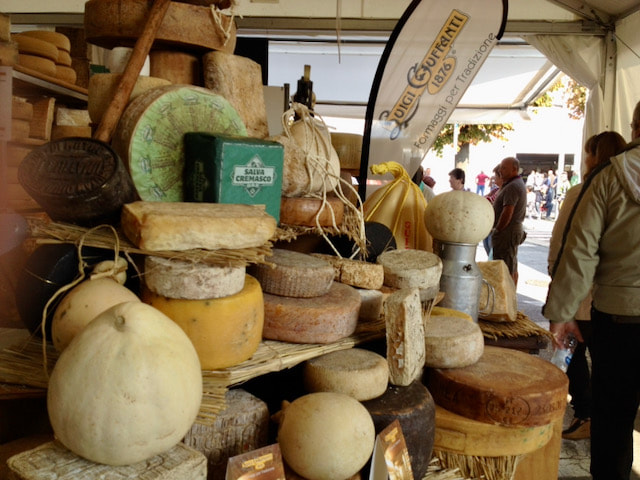
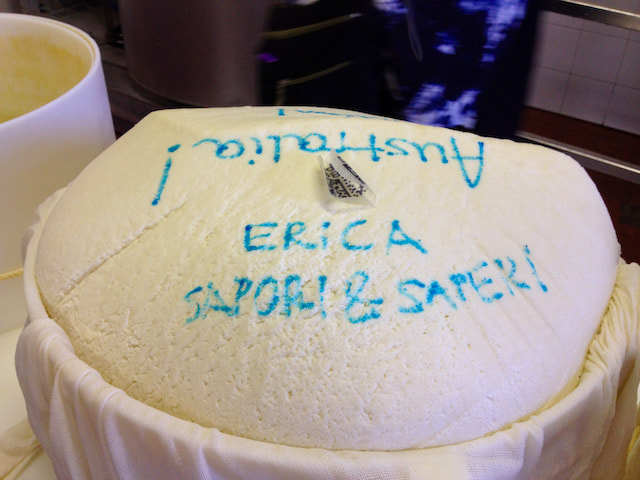
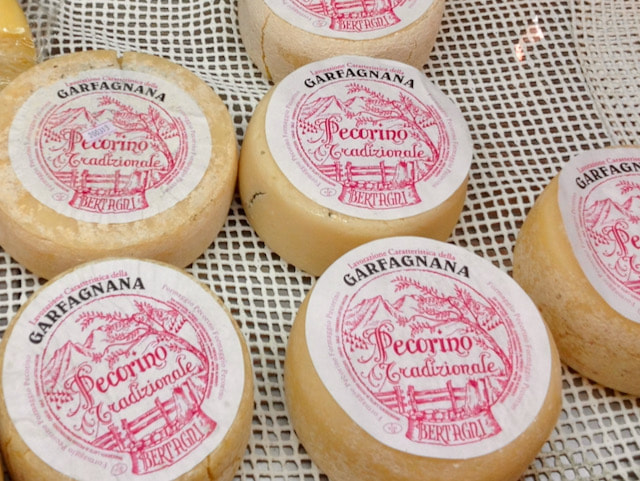
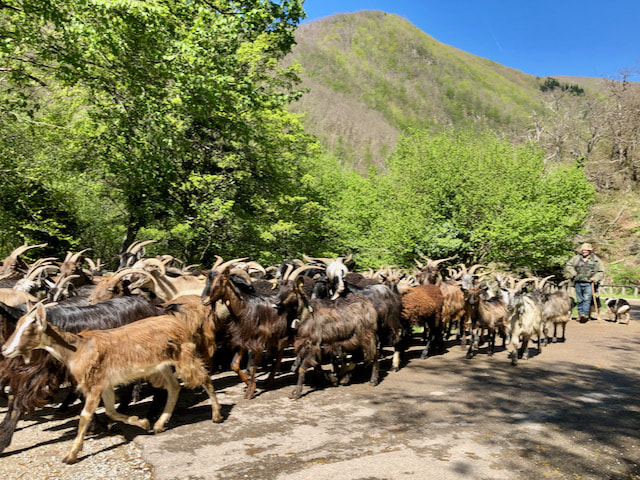
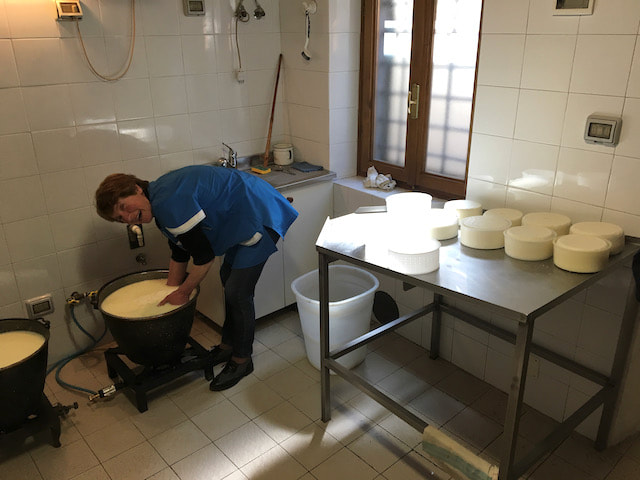
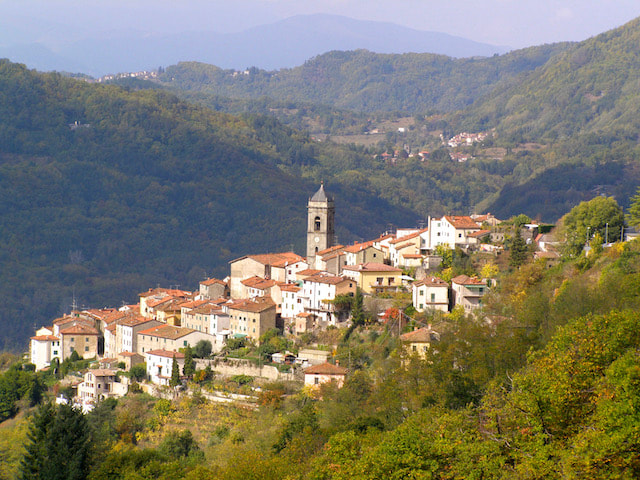
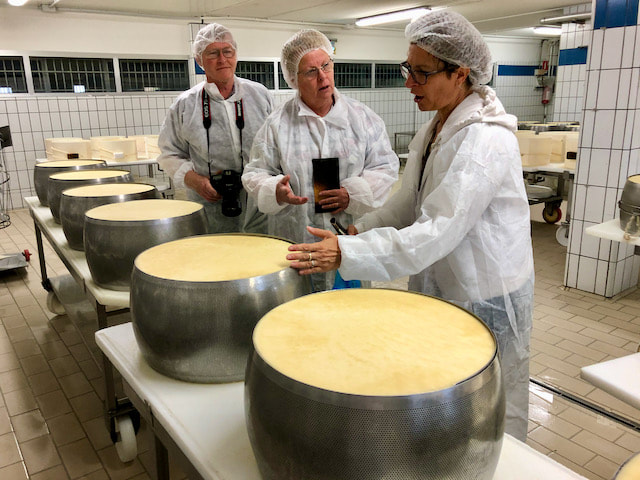
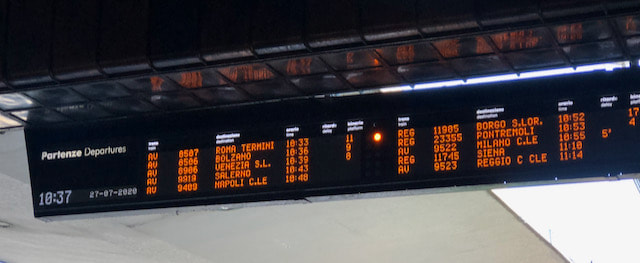
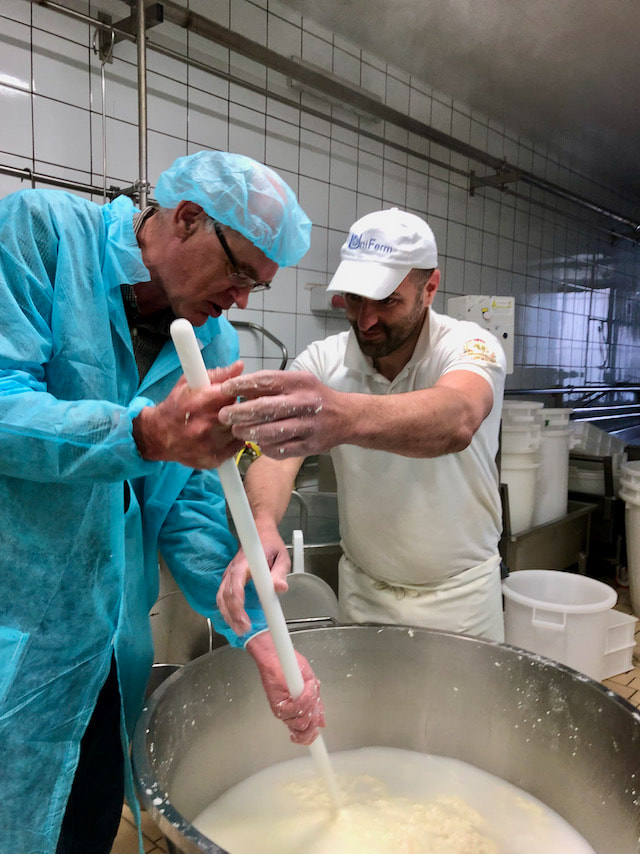
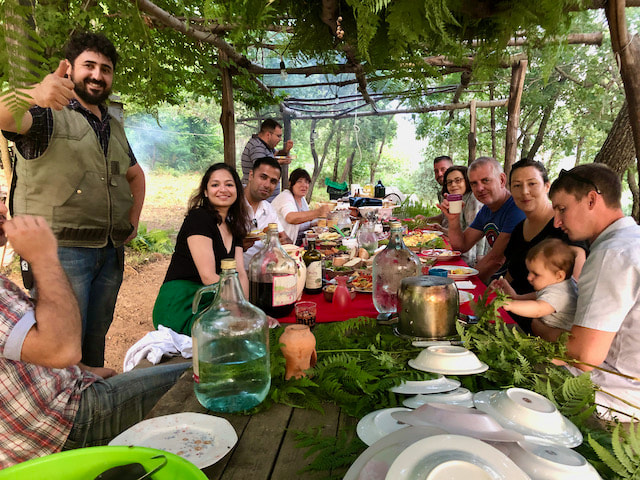
 RSS Feed
RSS Feed



